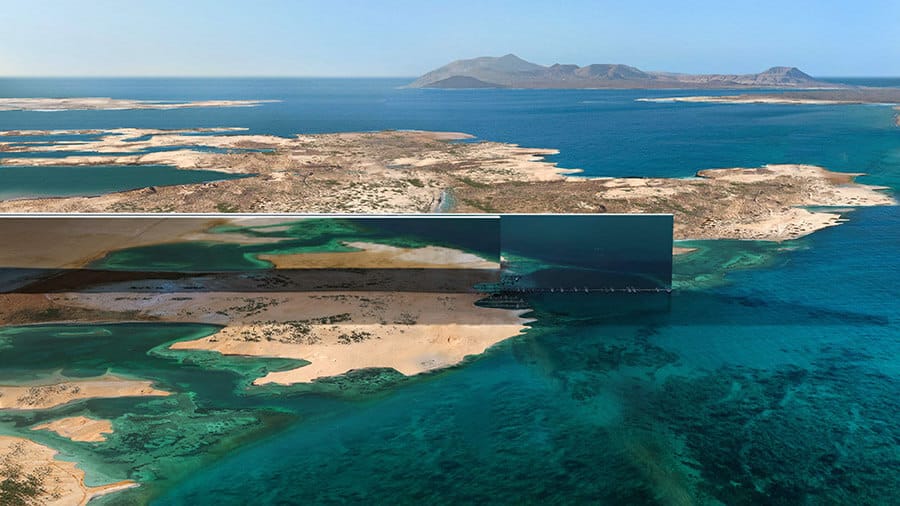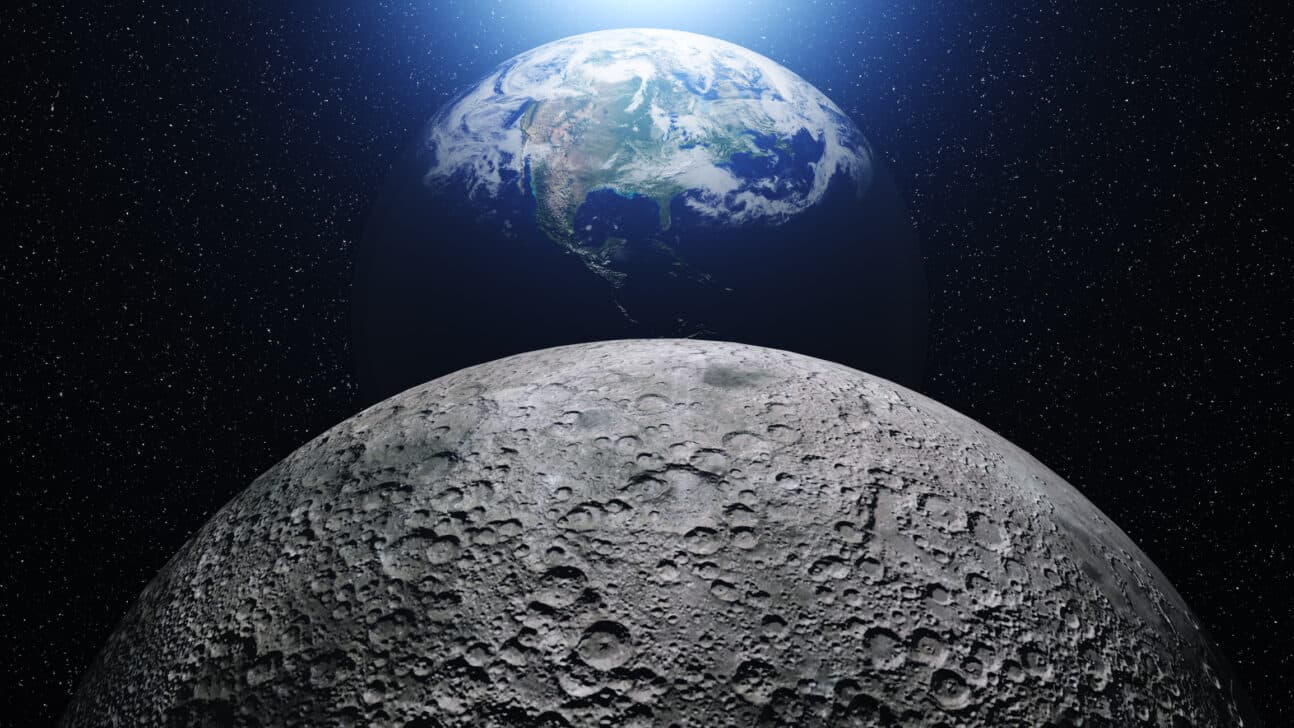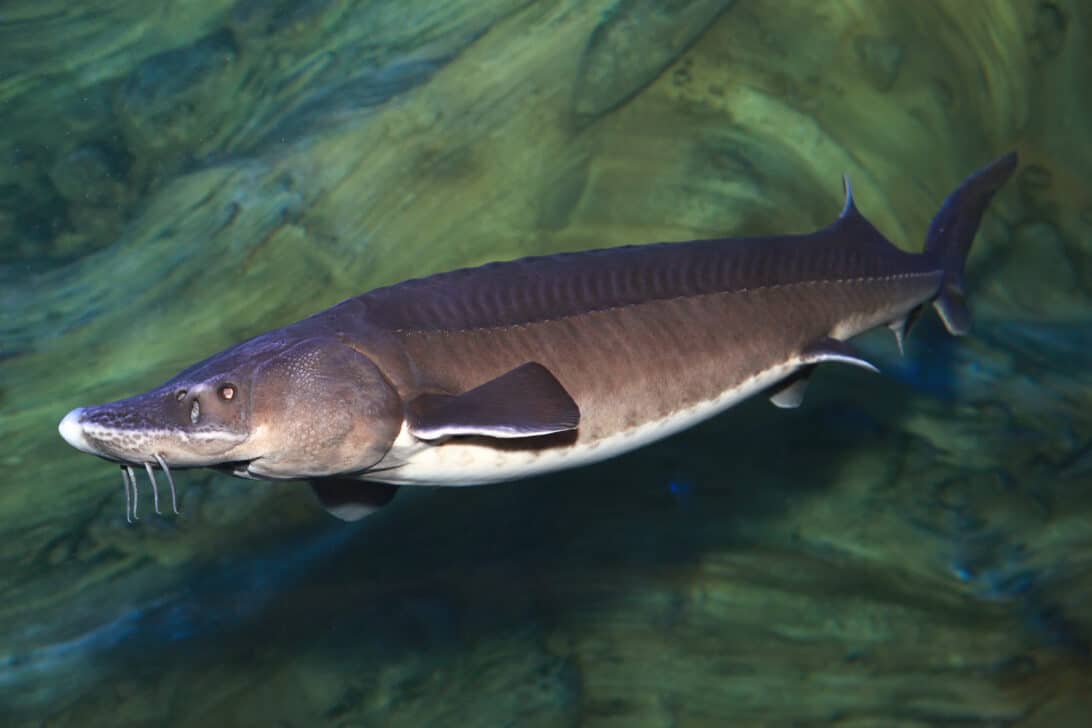Opinion is split whether THE LINE, a 170km-long, 200m wide city unveiled this week by Saudi Arabia is a vision of a perfect future for civilisation, or an indication that dystopian science fiction is coming true.
The announcement of the project by Mohammed bin Salman, Crown Prince of Saudi Arabia, was greeted, perhaps unsurprisingly, with swelling pride on social media by Saudis, and a mix of intrigue and scepticism across much of the rest of the world.
The designs for THE LINE set out “a civilizational revolution that puts humans first, providing an unprecedented urban living experience while preserving the surrounding nature” according to the official announcement. It continues: “The designs of THE LINE embody how urban communities will be in the future in an environment free from roads, cars and emissions. It will run on 100% renewable energy and prioritize people’s health and well-being over transportation and infrastructure as in traditional cities.”
Promotional video for THE LINE released this week by NEOM as part of the official project announcement.
The city will be a key part of the $500bn NEOM development plan, which is creating a huge area of interconnected regions across 26,500 square kilometres in Tabuk in the north west of Saudi Arabia. It includes the Aqaba Gulf and 468km of coastline with beaches and coral reefs, as well as mountains up to 2,500m high.
The plans for THE LINE claim the city will eventually accommodate 9 million residents while being built on a footprint of just 34 square kilometers, which is a fraction of cities with similar populations such as London. This in turn will reduce the infrastructure footprint, creating “never-before-seen efficiencies” in city functions. This mirror-clad mega-wall will maintain an ideal climate all year round, designers say.
The idea of layering city functions vertically while giving people the possibility of moving seamlessly in three dimensions (up, down or across) to access them is a concept referred to as Zero Gravity Urbanism. Different from just tall buildings, this concept layers public parks and pedestrian areas, schools, homes and places for work, so that people can move effortlessly to reach all daily needs within five minutes. In addition, a high-speed rail link will offer an end-to-end transit time of 20 minutes.

Graphic provided by NEOM showing the scale of THE LINE.
If it actually gets made, it will almost certainly become one of the most iconic buildings in the world. The big question is will it actually ever be inhabited by anything like the 9 million people it envisages or could it be the most enormous white elephant on the planet?
China has encountered issues over its urban ambitions with the creation of as many as 50 ‘ghost cities’. The reasons behind this are, however, different. China’s government systematically leased or sold large tracts of land to private developers, who built aggressively with a ‘build it and they will come mindset’. In many cases that just didn’t happen. THE LINE would be commissioned and built entirely by the Saudi state as part of its expansive Vision 2030 plans and, while highly ambitious, is still more focused and smaller than China’s uncontrolled approach.
From a ‘Western’ perspective, it’s easy to be snarky about THE LINE – we seem to be born with an in-built cynicism gene – but like many ideas that appear impractical or just plain crazy at first, it might just work.
And whatever happens in the long term, the whole NEOM project is creating some real excitement about Saudi Arabia on a global basis, which may not only be good for their reputation in the short-term, but also actually accelerate change inside the Kingdom itself.
Subscribe
Sign-up to receive our newsletter





